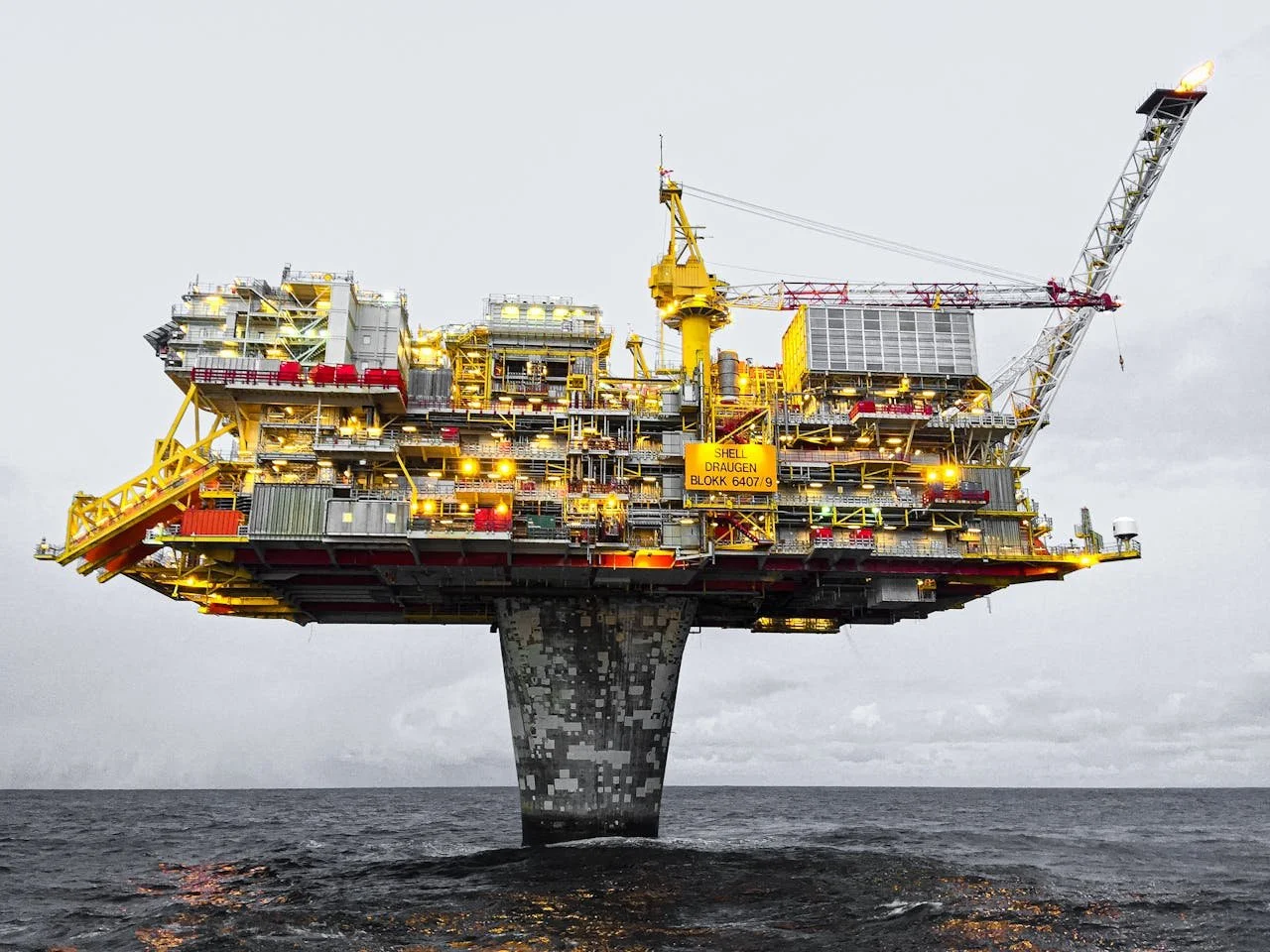A rise in deep-sea mining noise threatens wildlife
by Halimat Olunlade, Social Media Manager
Photo credit: Jan-Rune Smenes Reite
A recent article on Phys.org covered a literature review that looked at future impacts of deep-sea mining on marine wildlife. The review highlights a concerning gap in our knowledge of ocean soundscapes, namely that the effects of noise pollution have only been studied in about 35% of species.
The literature review analyzed over 2,800 investigations conducted in the Clarion-Clipperton Zone, a vast underwater plain situated between Hawaii and Mexico. Most of the animals that inhabit the CCZ are sensitive to sound, according to the article. For these animals, the effects of noise aren’t just annoyance or lack of sleep. Noise can damage the animal’s hearing and organs, disrupt a population’s mating and feeding habits and interrupt food chains.
Taken together, these impacts can cascade through the ecosystem. As noisy underwater activities like deep-sea mining increase, a vast number of CCZ species are at greater risk.
The International Seabed Authority is currently under pressure to allow commercial underwater exploitation. It has already approved over 30 exploration licenses, 17 of which are in the CCZ. President Donald Trump’s April executive order, which calls for greater exploitation of underwater minerals, does little to help the issue.
Experts like Alejandro Olivera, the Center for Biological Diversity’s senior Mexico representative, argues that increased activity in the ocean should not continue without scientific evidence proving that no irreversible damage will be done to marine ecosystems. As far as scientists are concerned, underwater zones like the CCZ are part of a natural heritage that belongs to everyone, and we all should work to protect it.
The study will be published in the Marine Pollution Bulletin in September.

